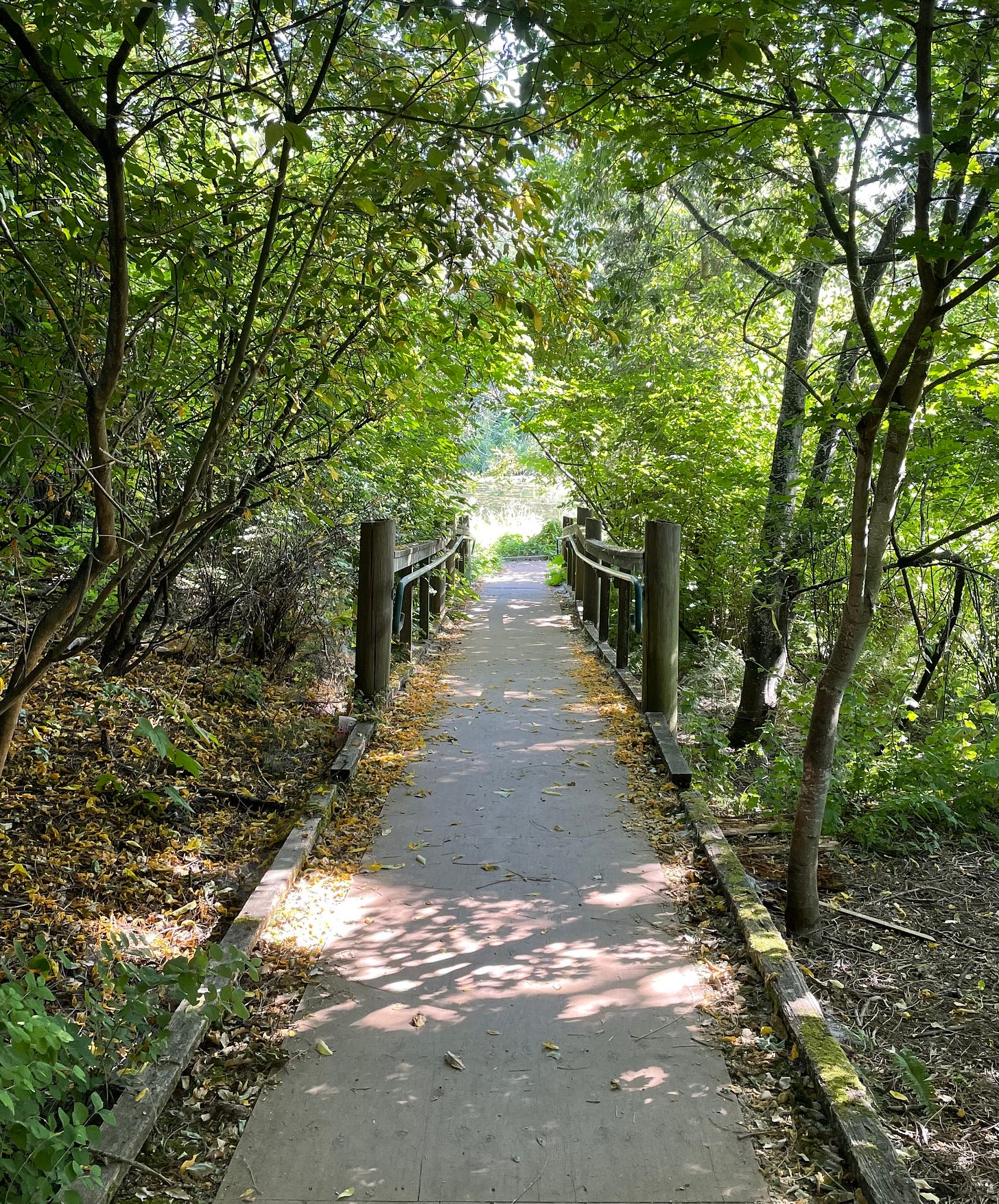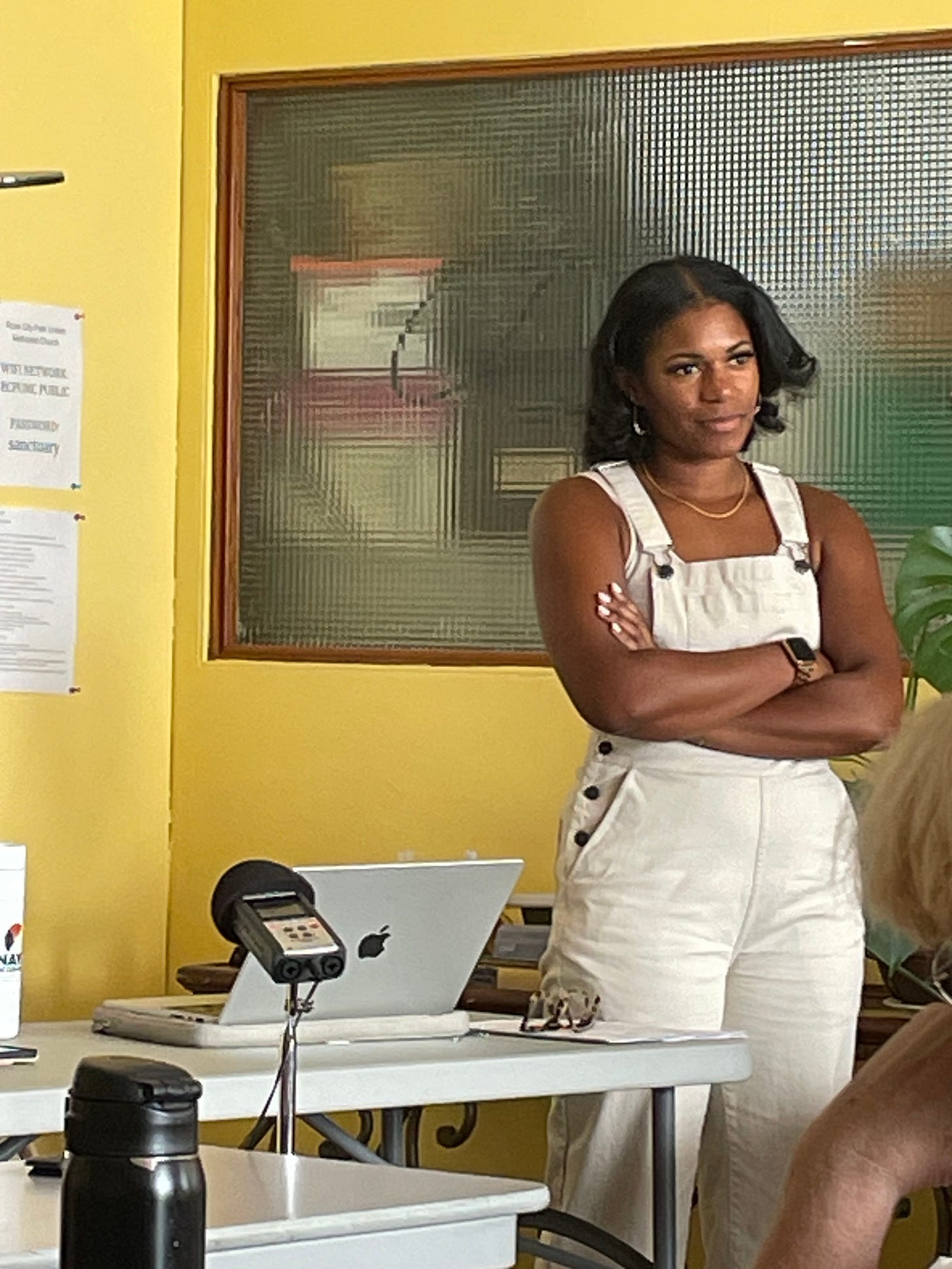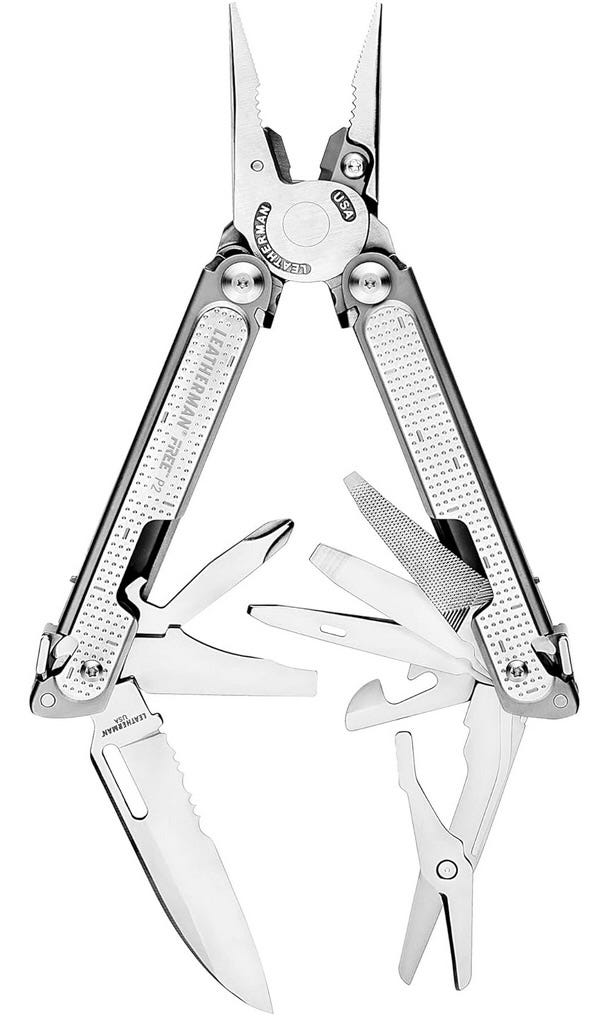Wayfinding Part One
and some year-end reflections

I learned about the concept of wayfinding from the book, Designing Your Life. I was on a kick of reading books about design after my co-director Jersey told me about the classic The Design of Everyday Things. Jersey and I were talking about the ways that community acupuncture is really about designing a more user-friendly, otherwise known as patient-centered, version of acupuncture. (That’s probably worth a post in its own right — also, both of those books are great for community acupuncturists, I recommend them!)
Wayfinding means the art of orienting and navigating without a map, or getting yourself where you need to go when you don’t necessarily know where that is. I was like, oh wow, so THAT’S what my job is! What a relief to have a word for it. And something I’ve learned over the years is that a major part of how I do my job, how I find my path, is through writing.
It’s the end of the year, and also we have some new readers (welcome!) so I thought this might be a good time to retrace our steps with this newsletter. Where did we start, where are we now, and what is it I’m trying to do here?
The clinic that would become Working Class Acupuncture opened in the Cully neighborhood in 2002. Things happened (including additional locations, plus an acupuncture school). And then some more things happened, like the pandemic and the lockdown, when everything came to a screeching halt and we were closed for almost five months. That was stressful and disorienting but also offered us some uninterrupted time to think (rare and valuable when you’re running a small business).
In 2021 I was introduced to NAYA, the Native American Youth and Family Center, by way of one of their economic development projects, the Cully Boulevard Alliance. The CBA was busy doing outreach, trying to save any small businesses in Cully that could be saved from COVID. I’d never experienced that kind of concern and support in all my time as a small business owner. One thing led to another and I ended up volunteering for the CBA board — where I learned a lot just by hanging around some very nice people who genuinely care about community prosperity.
It’s also how I met Camille Trummer, a social impact consultant and coach who was working with the board. I had been thinking that WCA needed to come out of the pandemic different than it went into it. Starting in late 2022, WCA invested some of our pandemic relief dollars into a series of coaching sessions with Camille to help make that transition happen —particularly to help us figure out how to engage strategic organizational partnerships. We had several partnerships already, but those organizations had found us, not the other way around. I was hoping for a map, which is something we’d never had.
Coaching, like acupuncture, can be a mysterious cauldron that you drop your problems into, and what emerges are changes you didn’t expect. In our case, one of the first benefits was a new perspective, a way of seeing the partnerships that WCA already had through a new lens. Our most demanding organizational relationship has been with the acupuncture school, POCA Tech, that WCA helped create ten years ago. The coaching sessions with Camille put that relationship into perspective — as a partnership. (More to come on this topic, in future posts.)
POCA Tech’s structure is full of quirky work-arounds, hacks and twists to meet national standards for an accredited acupuncture school while running on a shoestring budget. The school’s most important hack is its symbiotic relationship with WCA. A lot of people look at our entwined organizations with skepticism or even disdain, so I went into the coaching process prepared to be apologetic. At one point I said to Camille, “It’s been really hard to know how to move forward because we’re so weird,” and she said firmly, “Weird is good.”
I went into the coaching process embarrassed about our quirks and limitations. I came out of it ready to let our freak flag fly — organizationally speaking.
I came out thinking that maybe what WCA and POCA Tech both need are MORE relationships that involve trying things that nobody’s tried before. I wanted a map, but maybe we didn’t actually need one? Maybe we just needed to be more open and enthusiastic about our wayfinding — and also, make our process more visible, so that we could find the right organizational companions for our journey.
As we mulled over what we learned from Camille, we began to reconsider the role of pop-up clinics. We’d been doing pop-ups for a couple of years with Linfield School of Nursing, but hadn’t thought about them much outside of that context. We realized that putting together pop-up clinics with new organizational partners was a great way to evaluate potential relationships: pop-ups were low-risk, high-reward first dates. And then we realized that pop-up clinics are also a fantastic teaching tool.
In the last six months, POCA Tech students have put on pop-up clinics (with varying degrees of support from the school administration, plus faculty supervision of course) with the following organizations: Black Men’s Wellness, Linfield School of Nursing, NE Villages, Breast Friends, and Collective Roots. And then three of our students organized a long-term partnership with a community acupuncture clinic in Eugene, Acupuncture for the People, so that they could complete their clinical internships there. We’ve had a few false starts and near misses with other organizations, but the students involved learned a lot just from making the effort. Acupuncture as a career doesn’t reward passivity so we’re delighted to have a new way to engage students and let them try out the kind of initiative they’ll need after they graduate.
Finally, this newsletter — also a result of Camille’s coaching — is the multi-purpose communication tool I never knew I needed, that now I can’t imagine living without.
Leadership is mostly communication. You have to communicate ten times more than a normal person if you want to lead, and ten times more than that if you’re doing something this weird. WCA and POCA Tech are small nonprofits, but they each have a surprising number of moving parts. Before this newsletter, I didn’t have a way to talk to all the parts at the same time. Camille said, “Acupuncture needs a new narrative — so narrate.”
I learn a lot by narrating our progress, even when it feels like we’re backtracking or going in circles. As Theodore Roethke put it, I learn by going where I have to go. Thanks for wandering around the woods with me! I’m looking forward to doing more of it next year.




